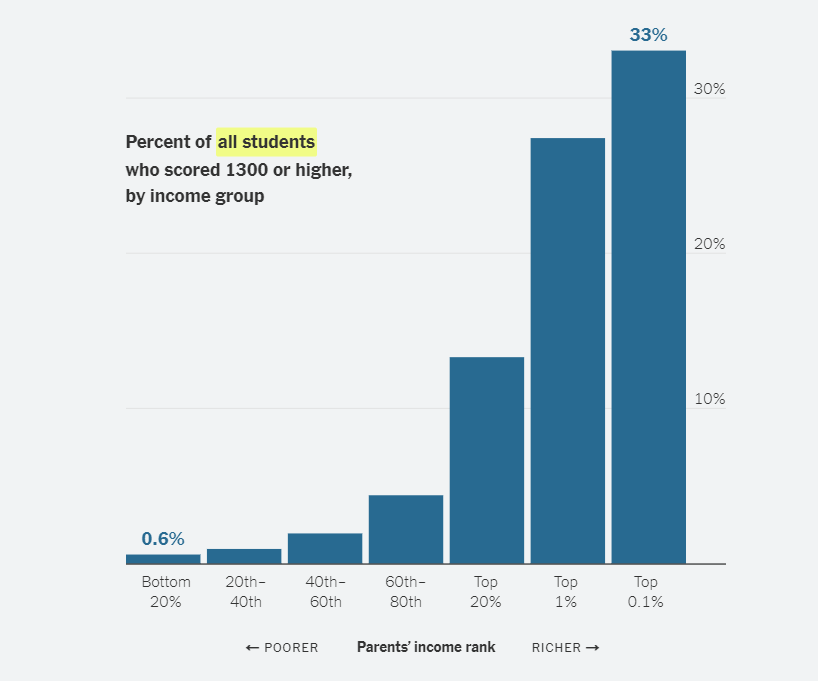According to the Education Data Initiative, the U.S. spends an estimated $762 billion on education, roughly $14,891 per public school student per year. Despite these chart-topping funds, the U.S. falls low on the global scale when it comes to test scores. As a result of COVID’s long-cast shadow, America’s current school children have missed a crucial part of their education and most cognitively formative years.
The U.S. currently places 27 in mathematics, 17 in reading and 20 in science, according to the Organization for Economic Co-operation and Development. Both mathematics and science in the U.S. are below the global average, while reading remained above average.
Researchers have pointed to a variety of reasons for these shortcomings, from low teacher salaries and large class sizes to poor teacher preparation programs. While either side may be correct in different ways, these are merely effects of much more pressing social problems including underfunded health care and child support, or low-income households being forced into sending their children to underperforming schools. In many states, there is a heavy reliance on property taxes to fund schools, resulting in money being centralized towards more wealthy students.
The NAEP test (National Assessment of Educational Progress), often referred to as the Nation’s Report Card, is one of the few assessments consistently given to American students across state lines. In 2023, the average scores in 13-year-olds declined in mathematics by 14 points compared to a decade ago, whereas reading declined by seven points. The test is often used for research purposes as it is easily comparable with previous years or other states. However, experts point out that the exam can be manipulative, as much of the test’s content has little to do with the curriculum actually taught in schools.
Additionally, teacher salaries are drastically lower than that of other countries. Countries such as Germany, Canada and Australia all top America on teacher salaries. In Luxembourg, average teacher salaries reach $101,360, compared to America’s $62,101, according to the OECD.
Low teacher salaries and a strong culture of per-pupil spending have proven detrimental to U.S. education. National test scores in K-12 education have either decreased or remained unchanged over the decades. The high status of American schools and the desire to obtain an education has diminished as a result of educational policy leaders designing the system to support only a fraction of American citizens.
It is clear that policymakers don’t prioritize education spending the way they should. Teachers need a higher salary in order to be more effective and supportive with students’ learning. Funding based on socioeconomic class causes wide disparities in education, which should instead be equally distributed and centralized on classroom equipment and paying teachers.








